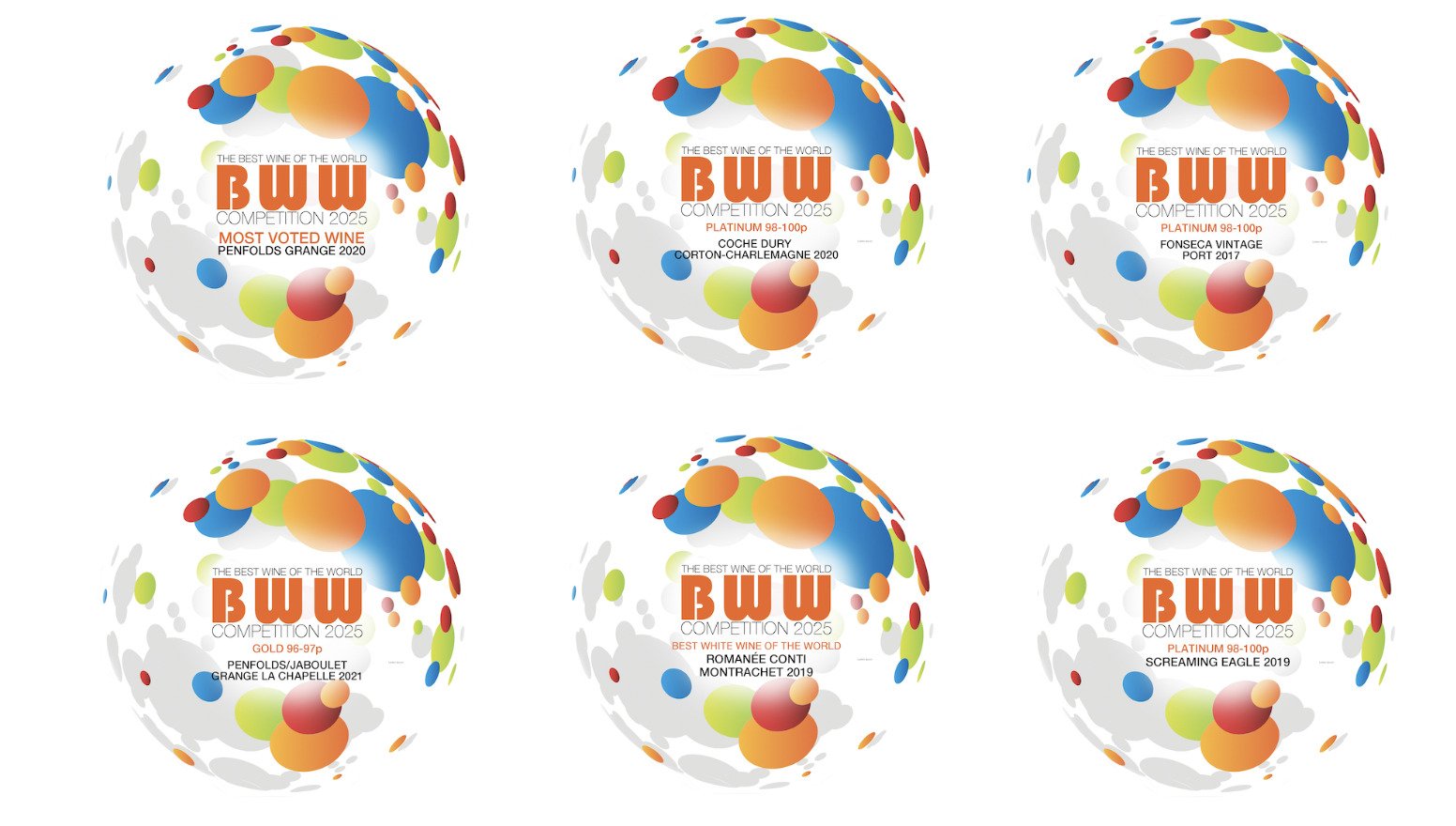BWW2025 WINNERS
BWW 2025 Honors Pétrus 2020 — World’s Best Wine
Where 0.1% Make History – BWW2025
The BWW 2025 – Best Wine of the World Competition once again proved why it stands alone in the global wine landscape. With over 3 million of votes cast, thousands of wines evaluated, and an international jury drawn from the very top tier of wine professionals, BWW is The Toughest Wine Competition on Earth and most democratic fine wine evaluation ever created.
Across all categories, the standards were uncompromising. Out of thousands of wines, fewer than 0.1% received awards. Red, white, sweet, fortified wines and Champagne competed in fiercely selective fields where excellence alone was not enough — only wines that combined quality, consistency, and emotional impact prevailed.
Simply reaching the finals is tougher than winning gold elsewhere — and already a distinction of the highest order.
The results told powerful stories. Legendary estates such as E. Guigal reaffirmed their status as enduring benchmarks, while Monteverro demonstrated how a young estate, built on patience and vision, can rise rapidly to global recognition. Individual mastery was honored through Nick Gislason of Screaming Eagle, named BWW 2025 Winemaker of the Year, for his philosophy of restraint, precision, and quiet authority.
Historic triumphs defined the competition: Pétrus 2020 crowned World’s Best Wine, Salon 2012 reaching the pinnacle of Champagne for the first time, and extraordinary performances across sweet wines, Port, and white wines reminding the world that true greatness knows no category boundaries.
What ultimately defines BWW is not scale alone, but integrity. Finalists are judged twice blind. Conflicts are rigorously excluded. Reputation offers no protection — only what is in the glass matters.
At BWW 2025, the global wine community spoke clearly and collectively. The message was unmistakable:
This is where the world’s greatest wines truly compete — and where only the very best are remembered.
